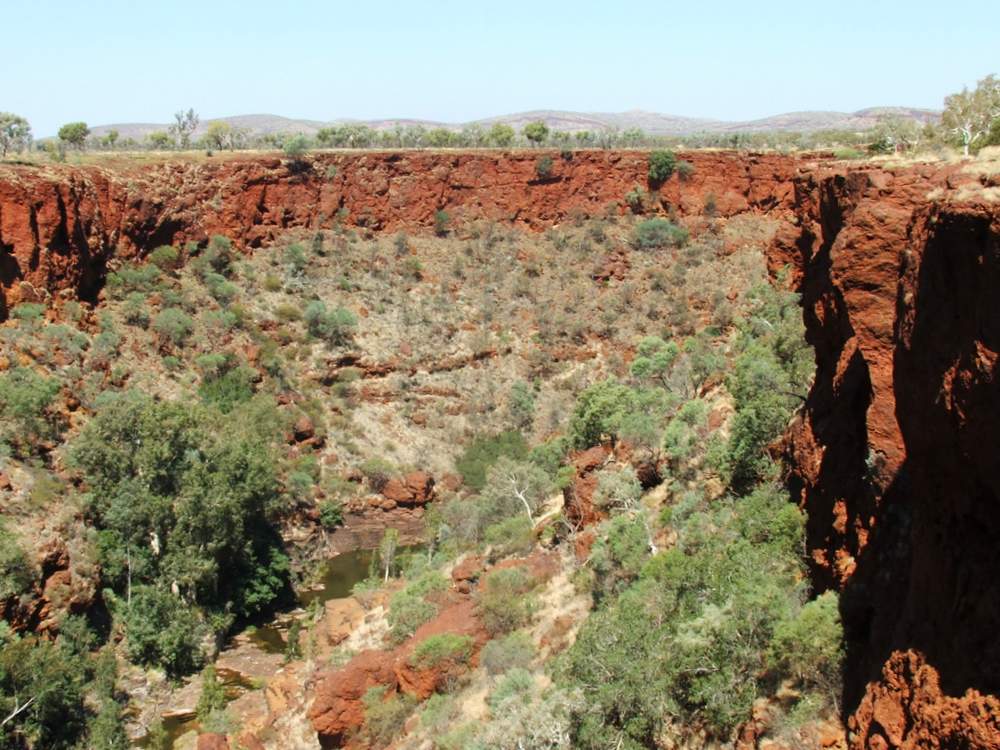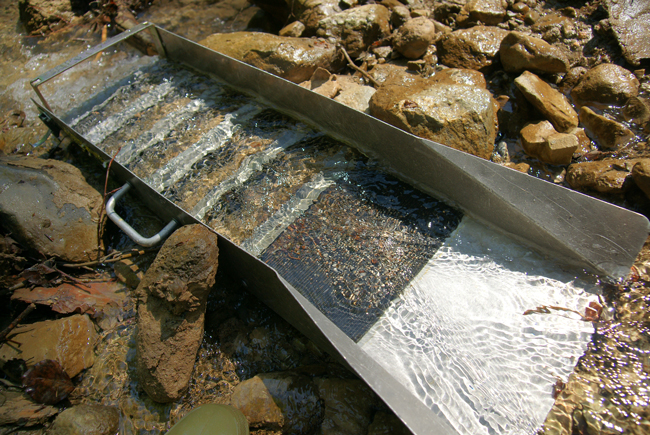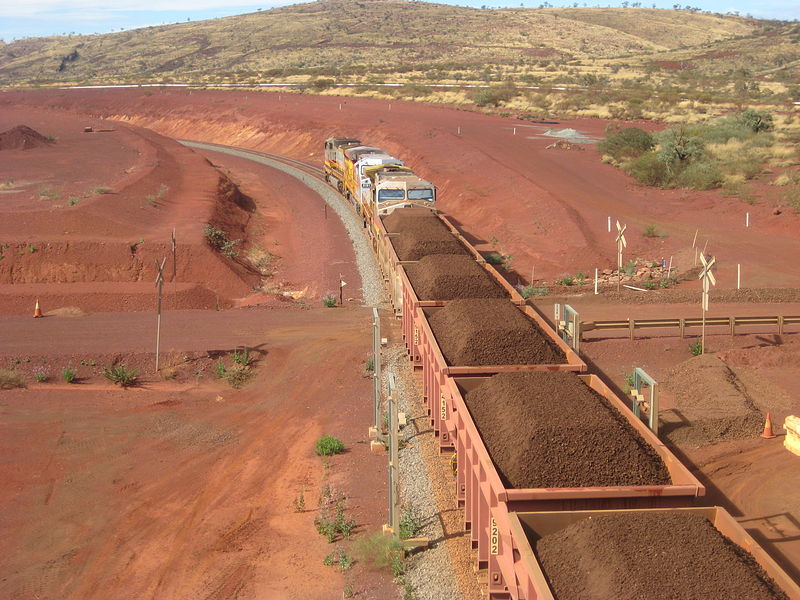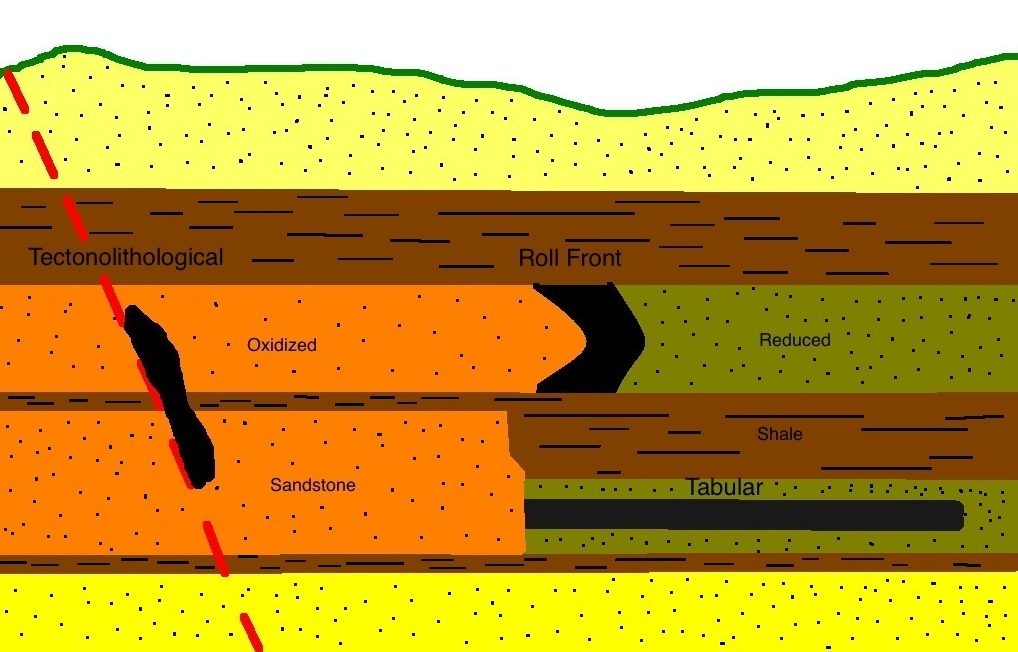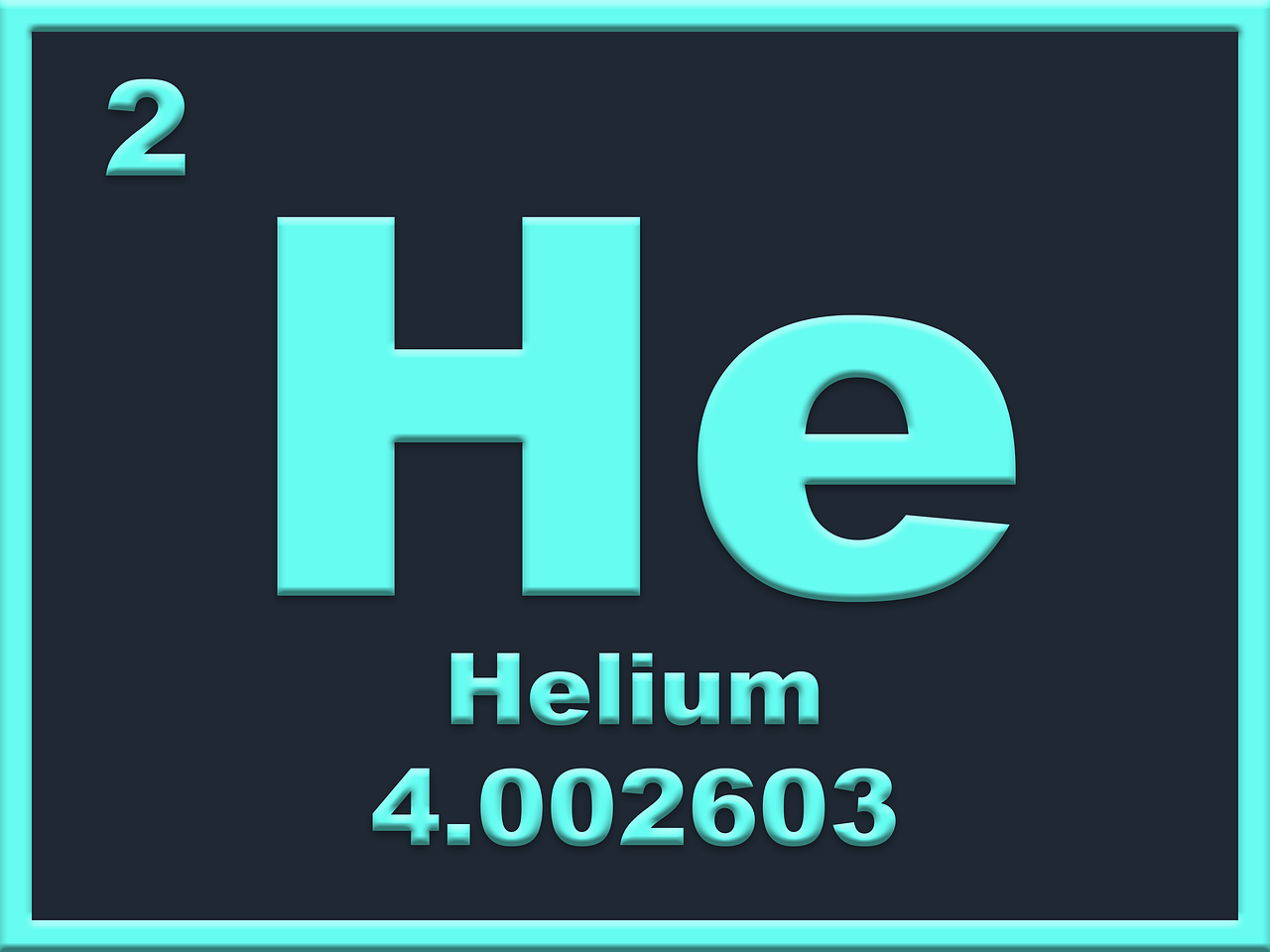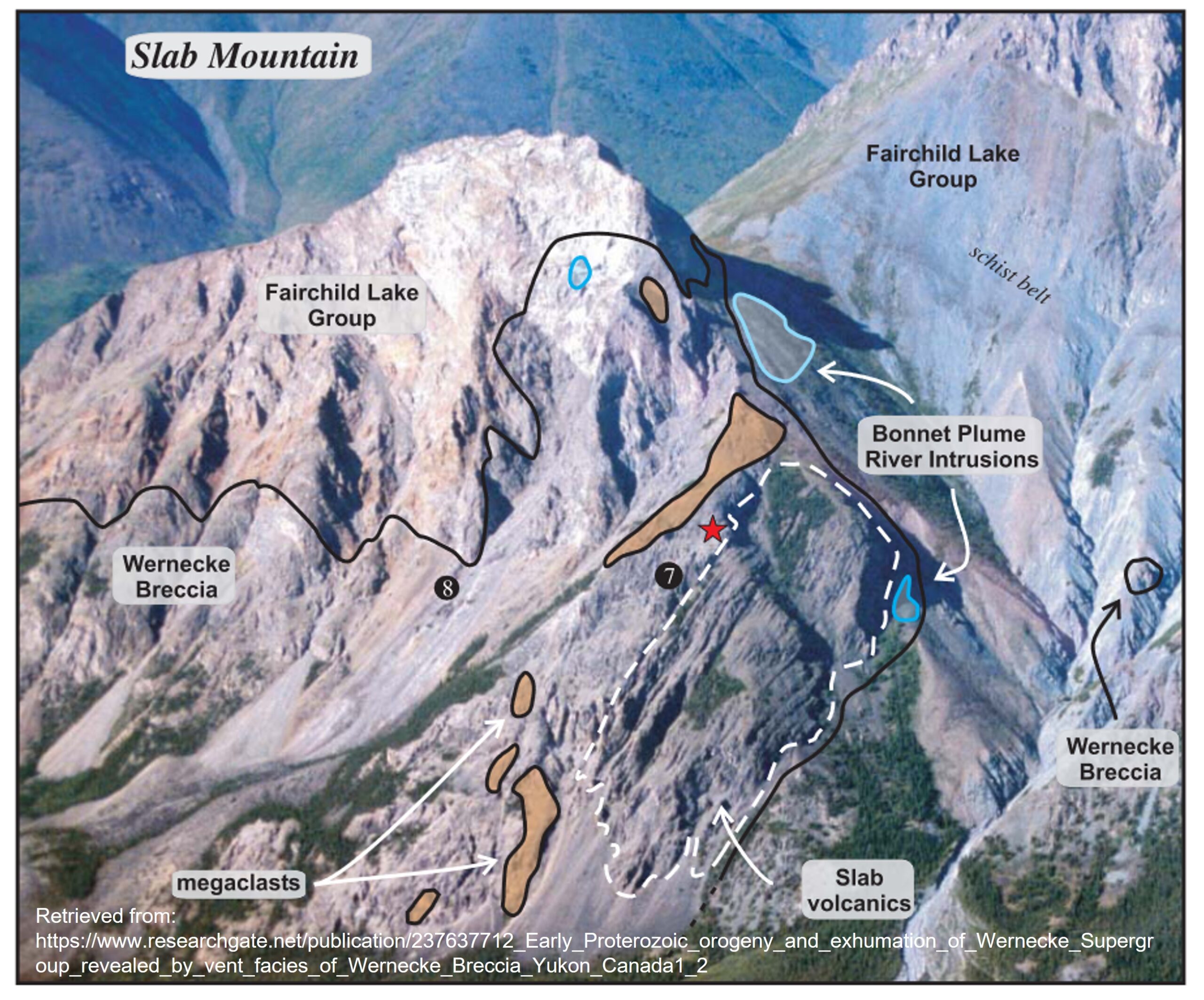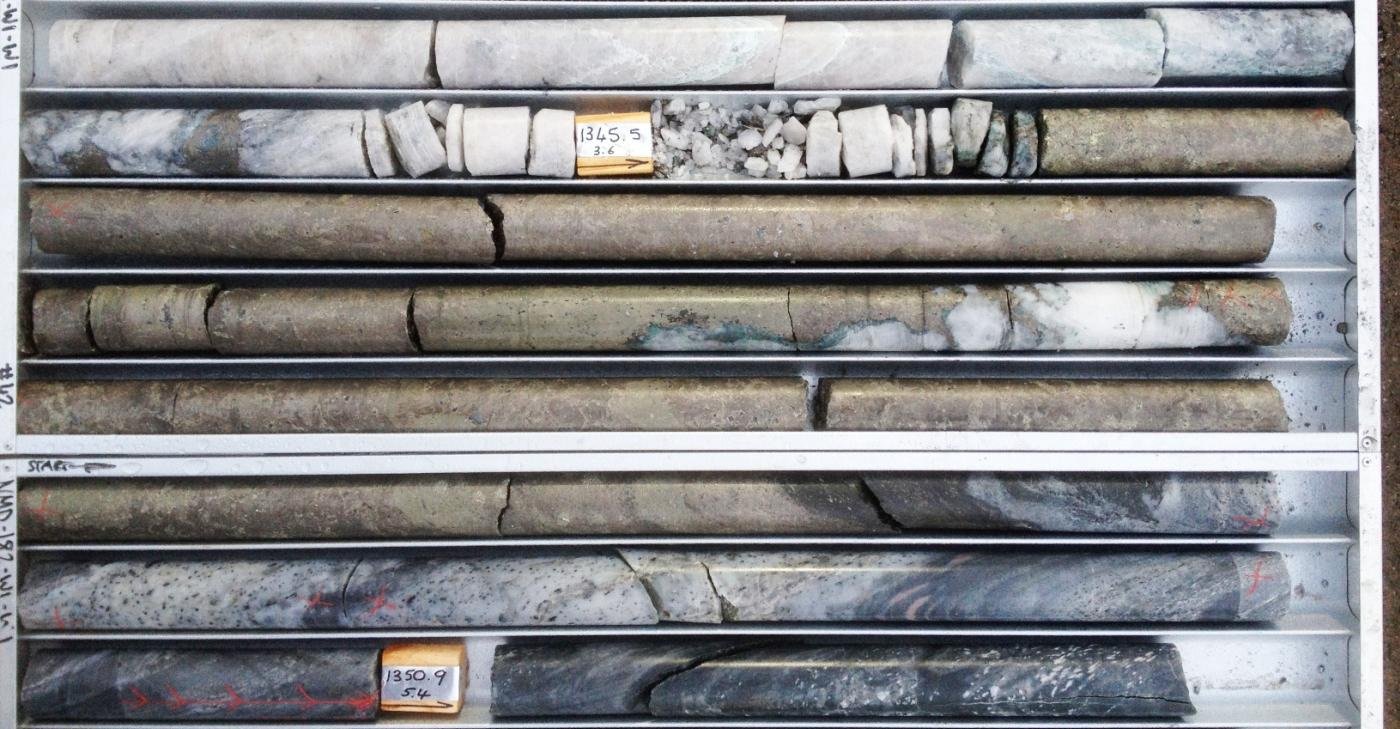Most of the world’s copper is extracted from a type of mineral deposit called a “porphyry copper”. If you’ve seen a picture of a great big open-pit mining operation odds are that it was a porphyry copper deposit. Some of the biggest man-made holes in the ground are porphyry copper mines: Bingham Copper Mine, Utah, and Chuquicamata in Chile, and two of the largest.
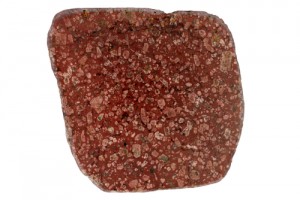
Today a porphyry is, if it’s talked about at all, associated with large-scale mining. However, not all porphyries are mineralised; it is a general term to describe an igneous rock that has some large-grained crystals (“phenocrysts”) within a fine-grained matrix.
How Are Porphyry Copper Deposits Formed?
The magma, which cools to form porphyry copper deposits, is created when two tectonic plates collide. One plate is forced under the other in what is called a subduction zone. The porphyry forms at depth below an active volcano. The magma cools in two stages; at first slowly cooling to form the large crystals (phenocrysts) and then subsequently more rapid cooling due a sudden rise of the magma to a shallow depth or even a volcanic eruption
Associated with the magma, deep below a volcano, hot water circulation creates low-grade mineralisation adjacent to the walls of the solidifying magma. This is why exploration geologists look for characteristic alternation in rocks. The chemical alteration of the rocks surrounding a porphyry are a hint of the presence of ore.
Over time, erosion removes the overlying volcanoes, covering the porphyry deposits. Weathering leaches rainwater through the higher rocks, with mineralisation precipitating out as it hits the water table. This creates the higher-grade “cap” mineralisation that found in the upper layers of many porphyry copper mines.
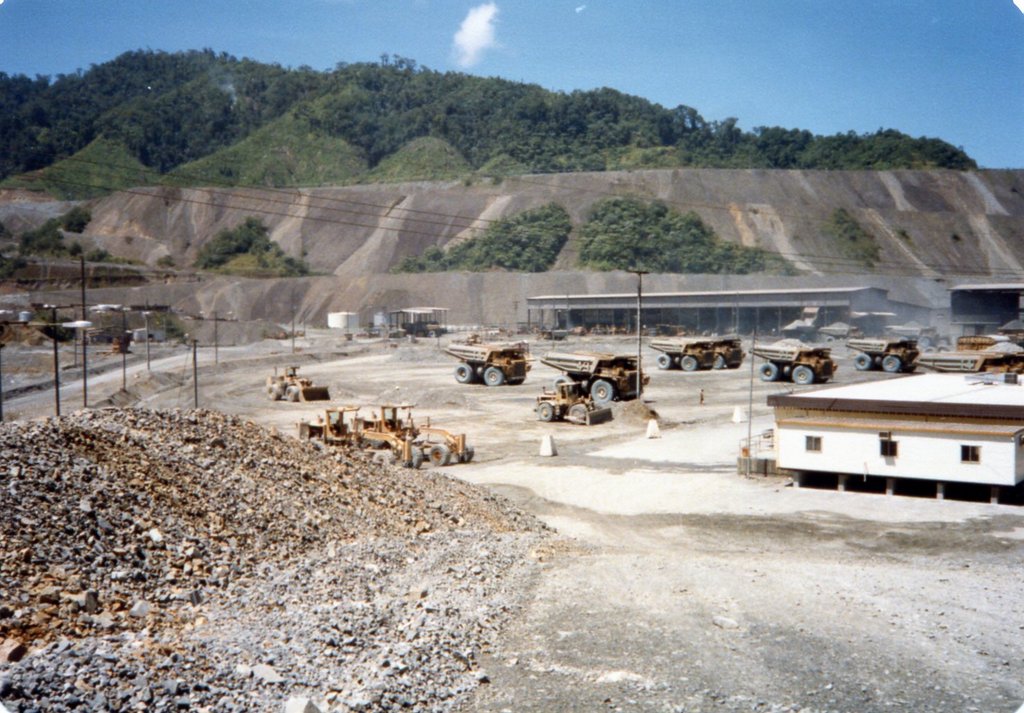
Mineralisation
Porphyry copper deposits are typically very-low grade with between 0.4 and 1% copper. The main mineral is chalcopyrite, which is finely disseminated through the host porphyritic rocks.
The only reason these ore bodies are economic is because porphyries are huge, with hundreds of millions of tonnes available in a fairly low-cost mining setting.
Many porphyry copper mines have significant economic amounts of secondary minerals including gold (usually called a gold copper porphyry), molybdenite (in the south-western USA), and silver. Grades of these secondary minerals include molybdenum 0.005-0.03%, silver 0.004-0.35 g/t, and gold 0.2-5g/t
Porphyry copper deposits can also be associated with epithermal gold deposits formed by the same volcanic complex above the deeper-seated porphyry. If alternation occurs in carbonate-rich rocks, then unusual skarn mineralisation can also develop.
Where Are Porphyry Copper Deposits Found?
The majority of porphyry coppers are associated with Tertiary age volcanism around the circum-pacific plate boundary. Deposits are frequently found in clusters. The biggest mines are in Chile, Utah and Indonesia. The deposits along the Pacific coast of North and South America are associated with plate subduction while the more gold-rich deposits in Indonesia and Papua New Guinea are associated with island arc volcanism behind the subduction zone
Examples of Porphyry Copper Mines
Today 50-60% of copper and 95% of molybdenum production are from porphyry mineralisation.

Chuquicamata, Atacama, Chile
Some 1500km north of Santiago, Chuquicamata is located in the high plain of the Atacama Desert, one of the driest places on earth.
For many years the world’s largest copper mine, Chuquicamata has been in production continuously since 1910. Now owned and operated by the state-owned miner Codelco, Chuquicamata may have contained as much as 9000 million tonnes of ore and reserves and has produced 500,000 tonnes of copper and over 10,000 tonnes of molybdenum. Plans are now to extend the life of the operation by starting underground mining operations from 2015.
The nearby, and geologically similar, Escondida mine is now the world’s largest copper producer.
Grasberg, Irian Jaya, Indonesia
The enormous and remote Grasberg mine, is located in the western half of the island of Papua New Guinea, in the Indonesian province or Irian Jaya. The operation has developed from the ground up with all facilities, including transport links and town infrastructure being built by the American owner Freeport McMoran Copper and Gold (67%) and Rio Tinto (13%).
Grasberg is the world’s largest gold mine and third largest copper mine. It was originally discovered by geologists looking for the source of the rich alluvial gold deposits in the lowlands of Irian Jaya. Reserves are estimated to include 2.8 billion tonnes of ore with grades of 1.1% copper 1.04 g/t gold 3.87g/t Ag
The series of porphyry ore bodies with sulphide-rich skarn mineralisation at the margins. Chalcopyrite is the dominant copper mineral, with three intrusive stages of mineralisation identified.
The main pit is now a mile wide, and current operations are being extended underground as the open pit reaches the end of life. An extensive underground mine 400m below the pit bottom is being developed using block caving techniques.
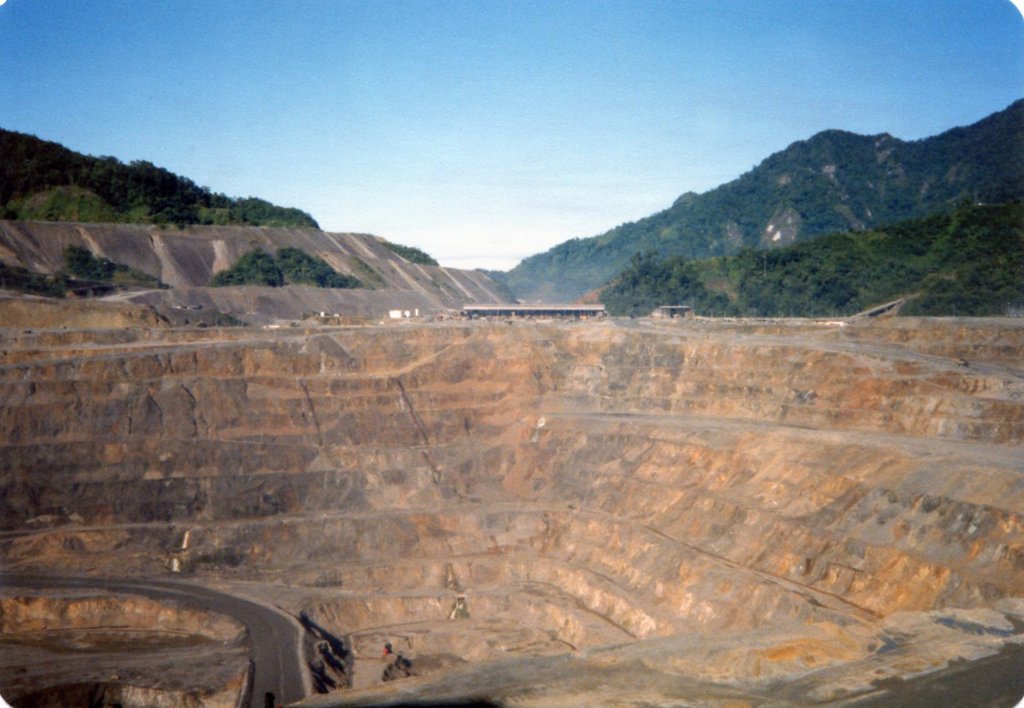
Bougainville Copper Ltd., Papua New Guinea
Once the world’s largest copper mine Bougainville has been closed since 1989, when a local insurrection drove out the Australian-based mining operation. However, the company is still listed on the Australian stock exchange, and in 2012 Annual Report the company claimed that they are in on-going talks to reopen the mine.
The civil war killed 10-15,000 mainly local people, and destroyed not only the mine and all it’s equipment but also the mine’s milling plant, deep-water port and the company towns of Panguna and Arawa. BCL predicts that it would take $2.5million to re-open Panguna mine site, including providing a power station, infrastructure and tailings options Mine life 24 years producing 60 million tonnes ore annually, 180,000 tonnes copper 580,000 oz gold. Environment damage to the Jabiru River from mine tailings is one of the many points of contentions with the local mine owners.
Mining companies mentioned
Freeport-McMoRan Copper & Gold
Subscribe for Email Updates

